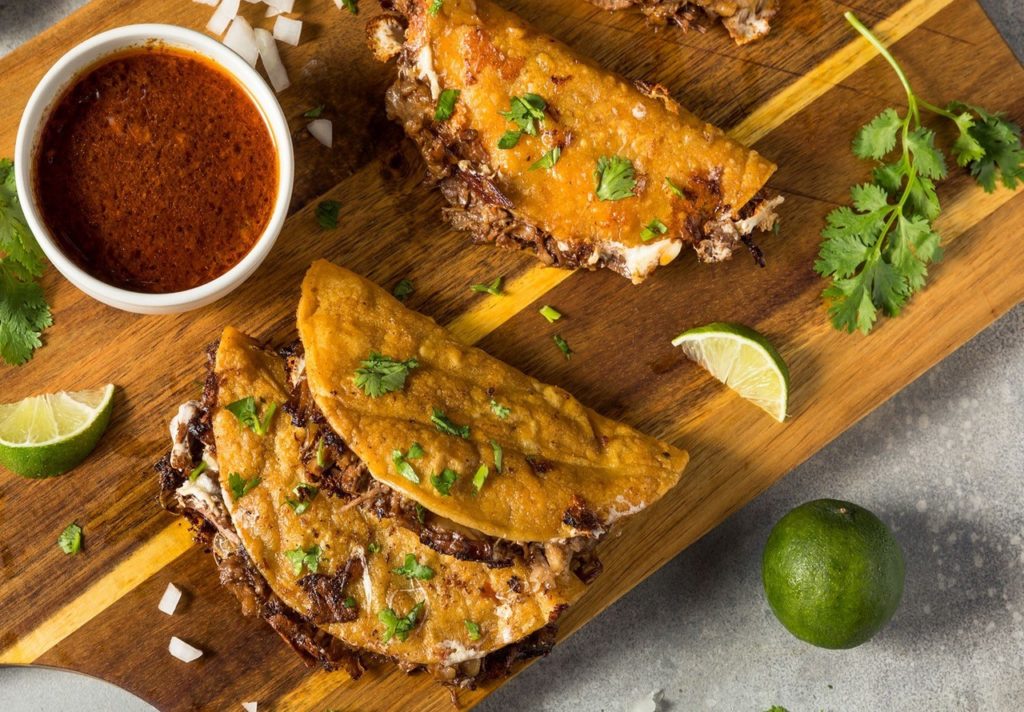BY: Darby Hughes, director of Account Planning at quench

Marketers take note: There’s a big difference between fads and trends.
Fads are an intense, widely shared enthusiasm for something—think cronuts, pumpkin spice everything and the latest diet craze—that are usually short-lived and without basis in a broader cultural context. They’re unsustainable and fleeting. You might build a new flavor of ice cream or a menu item around a fad, but that’s where the usefulness of the insight ends.
Trends, on the other hand, are far deeper and more useful. And by useful I mean much more likely to impact your brand’s bottom line and long-term success. That’s because trends develop slowly, often invisible to the untrained eye. Unlike fads, trends have lasting power, arriving almost unnoticed and sticking around for years or even decades.
Most importantly, trends have impact. That’s why quench has been predicting and tracking the food and beverage industry’s most impactful trends for more than a decade. So, grab a cronut (if you can still find one), because here’s what we’re unboxing in the 14th volume of our Food & Beverage Trend Report.
INFLATION
The cost of staples like bread, milk, eggs and meat (just to name a few) are on the rise, affecting consumers at the grocery stores and in restaurants. And even though those items are considered necessities, that doesn’t make them immune to changing shopper behaviors.
Cost-conscious consumers are thinking twice about many dining options and switching brands or choosing different grocery stores and restaurants for short- and long-term savings. How brands are responding to those shifts in behavior is what makes this trend one to watch.
INTERNATIONAL FUSIONS
Americans have long had a love affair with international cuisine. In 2022, that culinary relationship reached new levels with demand for Italian food up 172%, Mexican food up 154% and Japanese dining up 153%.
In 2023, flavor tourism will reach new heights as diners of all ages crave worldwide menu options from the comfort of their own couch. Korean corn dogs, birria tacos and the purple, Instagram-ready Filipino flavor known as ube are taking center stage with an entire global menu of options just one UberEats order away.
DYNAMIC PRICING
With food and labor costs on the rise and consumer spending on the decline, restaurants can either ride out the storm or adopt a progressive and increasingly popular tactic known as dynamic pricing. The model allows businesses to adjust the prices of their offerings based on time of day or day of week to account for changing demand. The result? More profits.
For consumers who might cry foul, it’s important to note that dynamic pricing doesn’t just mean increasing prices when demand is high. The model also means lower prices to help drive traffic during off–peak periods. That’s a win for diners and restaurants.
TECH TO TABLE
The metaverse is an immersive, digital environment where people connect with friends, create and play games, and shop. It’s also an environment an increasing number of food and beverage brands—including Miller Lite, Chipotle and Wendy’s—are using to connect with consumers, provide virtual dining experiences and allow customers to order food for delivery.
Other brands and restaurants are turning to robotics to improve efficiency and connect with consumers. An increasing number of restaurants are adding artificially intelligent robots as both chefs and servers to save money, make processes safer and provide faster service.
Delivery is also going high-tech. Companies like Uber, Grubhub and Domino’s are testing self-driving robots to deliver orders. And don’t look now, but delivery by drone is a real thing, and it’s already delivering everything from churros to cheesesteaks in a few American test markets.
BY: Darby Hughes, director of Account Planning at quench

You must be logged in to post a comment Login